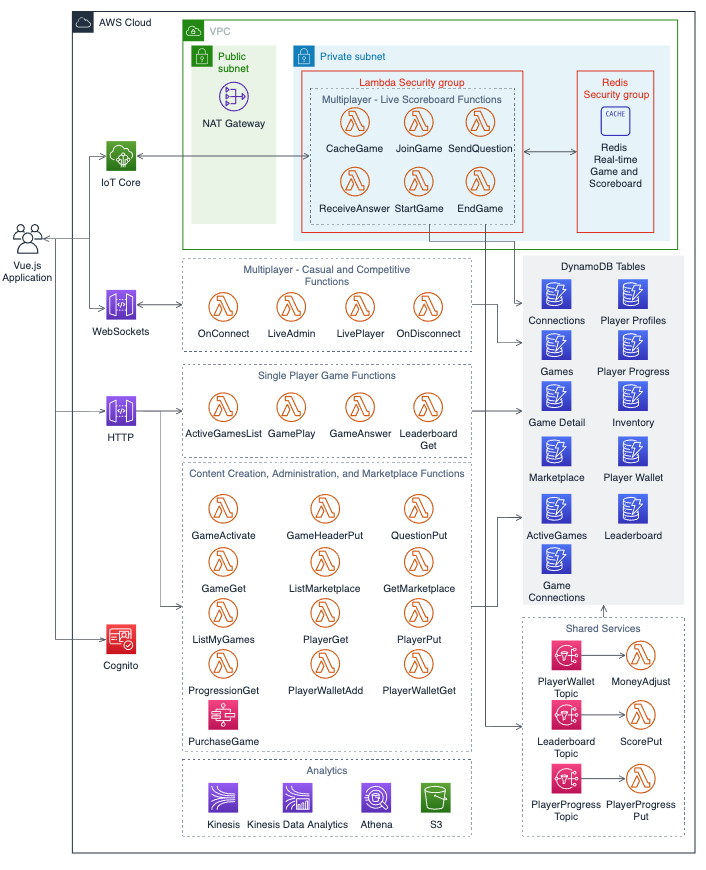AWS Compute Blog
Tag: contributed
Evaluating access control methods to secure Amazon API Gateway APIs
This post is written by Bryant Bost, Cloud Application Architect. There is not a one-size-fits-all approach to access control for Amazon API Gateway. Properties of your application such as API type, identity provider, client access patterns, privacy requirements, and others influence the design of your access control solution. Understanding the types of access control available […]
Processing satellite imagery with serverless architecture
This post shows how to deploy an imagery processing pipeline in the AWS Cloud. It is decoupled to allow both pre and post-processing extensions to be integrated into the pipeline more easily. Visit the code repository for further information.
Handling binary data using Amazon API Gateway HTTP APIs
This post is written by Rudolf Potucek, Startup Solutions Architect. Amazon API Gateway REST APIs have supported binary data since 2016. API Gateway HTTP APIs makes it easier to work with both binary and text media types. It supports a new payload format version and infers encoding based on request and response formats. In this […]
Federating CloudEndure access with Microsoft Azure Active Directory
In this post, you learn how to grant Azure Active Directory users Single Sign-On access to the CloudEndure console. You can now create multiple enterprise applications for different CloudEndure accounts. You can use the guide in this post to assign CloudEndure projects or accounts to users.
Integrating AWS Step Functions callbacks and external systems
This article presents an architecture that enables customers to use Step Functions workflow callbacks without exposing the implementation and AWS service details to external systems.
Announcing end of support for Python 2.7 in AWS Lambda
On July 15, 2021, AWS Lambda will deprecate Python 2.7 as a supported runtime, formally ending our Python 2.7 support.
Building an image searching solution with the AWS CDK
This post discusses a fully serverless architecture for searching images based on their contents. It shows how this architecture is decoupled and stateless by using S3 events, SQS messages, an EventBridge bus, and Amazon Aurora Serverless.
Accelerating workloads using parallelism in AWS Step Functions
In this blog post, you learn how to use AWS Step Functions and parallel processing to complete four hours of work in 60 seconds. You learn how to apply the pattern of decomposition to achieve improved scalability and manageability.
Building single binary file extensions for AWS Lambda with .NET
This post shows how to create, build, and package a C# Lambda extension as a single binary file. Explore the example code and other Lambda extensions examples in the GitHub repository.
Building a serverless multi-player game that scales
This post introduces the Simple Trivia Service, a single- and multi-player game built using a serverless-first architecture on AWS. I cover different solutions that you can use to enable connectivity from your game client to a serverless-first backend for both single- and multi-player games.









